Robert Full, a professor at UC Berkeley, takes inspiration from squirrel movement and acrobatics for robotic technology.
Features
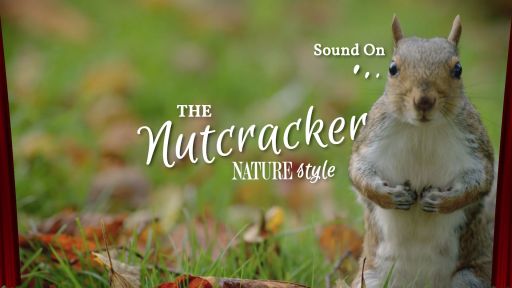
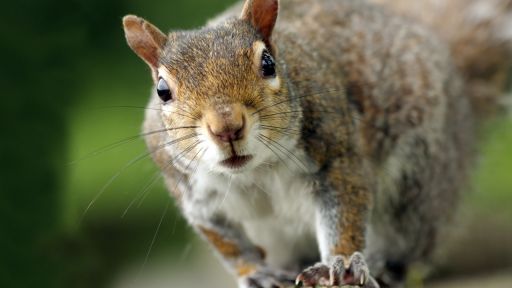
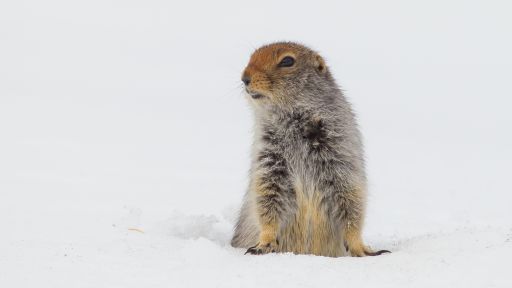
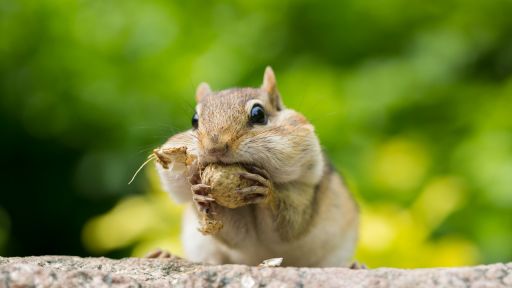
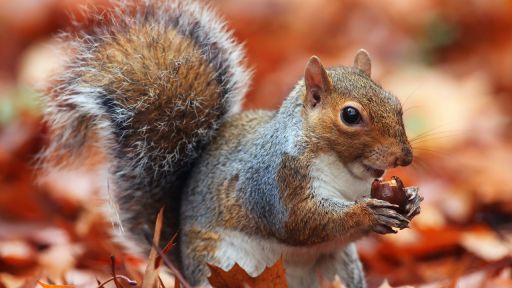
In the wild, having strong claws and a firm grip is a matter of life and death up in the canopy.
It's a difficult place to maneuver.
No two branches are ever the same, and conditions constantly change with the weather and the seasons.
Their aerial abilities are so impressive, they've captured the attention of scientists studying how animals move.
Professor Robert Full is an expert in robotics.
Here, at the University of California at Berkeley, he's already taken ideas from cockroaches and bush babies.
And now he can see the potential for squirrel-inspired robots.
- Part of our motivation is to understand the most agile animals, and squirrels are certainly among the most agile.
Imagine if we could understand the fundamental principles of how the squirrels move through these complex, unstructured environments and then translate them to robots, robots that, in a disaster area, would be able to move and jump through gaps and climb on wires to quickly enter an area in order to find individuals.
- [Narrator] To study the squirrels in detail, the team uses a portable wall out in the woods.
They stick perches to it that represent branches of a tree.
A steady supply of nuts attracts the wild squirrels in to play.
Bob is discovering their aerial acrobatics depend on their decision-making.
- For example, one of the tests we had is, how could they determine where to jump on branches or rods that are of different stiffnesses?
Some are really springy, and some are very stiff.
What would they do in order to make the best choice of jumping to the perch?
When it's very stiff, they run out very far and only jump a little bit.
That's the sort of best decision.
- [Narrator] But when a branch is very bendy, they make a different choice.
- [Robert] They decide to only go a little ways and then take a longer jump.
So they make a very good decision in terms of their jumping capability.
- [Narrator] All these choices are made in a split second.
Bob is hoping to understand these decisions for the breakthrough he wants in designing robots, but his experiments have shown something else, too.
If they do get it slightly wrong, it's their grip that can save the day.
- Even if they don't land perfectly on the perch, they have the ability to maneuver their bodies such that they're able to grip and grab on with their claws so that they don't fall, and then they can swing back up on the perch to get their peanut.
- [Narrator] It's a brilliant demonstration of their grip in action and something Bob hopes to replicate with his robots in the future.
